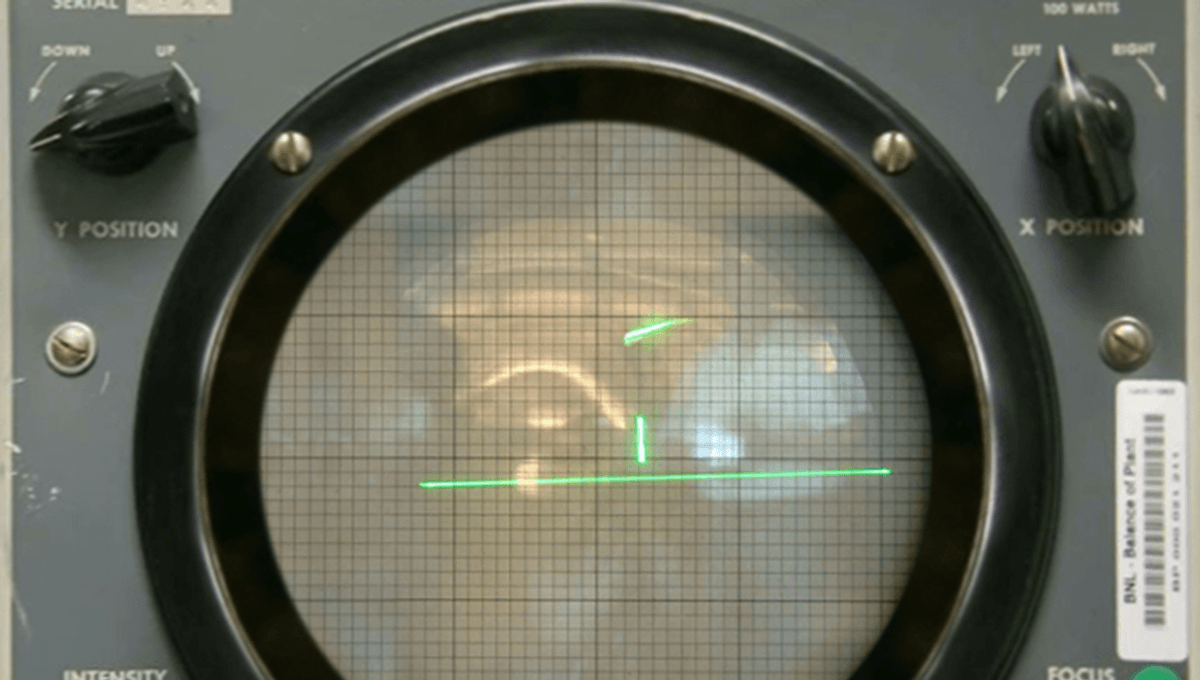-
Nieuws Feed
- EXPLORE
-
Pagina
-
Blogs
-
Forums
The First Video Game Came Long Before Pong And Was Invented By A Manhattan Project Physicist

The First Video Game Came Long Before Pong And Was Invented By A Manhattan Project Physicist
In 1971, the world got its first look at an arcade machine, playing the little-remembered space combat game Computer Space. A year later, we got the all-time classic Pong in arcade machine form, and the first ever home console, the Magnavox Odyssey.
The rest of this article is behind a paywall. Please sign in or subscribe to access the full content. In the decades preceding, researchers at various institutes created several experimental games, which paved the way for these commercial successes that spawned a ~$189 billion industry. But the games were not the first to be created. The game widely considered the first true computer game, as it was made for entertainment purposes only, was created by American physicist William Higinbotham in 1958. Higinbotham, born in Bridgeport, Connecticut, worked at the Los Alamos Laboratory during World War II. There, his team helped develop electronics to be used in the first atomic bombs, dropped on Hiroshima and Nagasaki by the US in August 1945. After the war was over, Higinbotham helped found nuclear nonproliferation group Federation of American Scientists, campaigning for the end of nuclear arms, and spent the rest of his career at the Brookhaven National Laboratory. It was during this time that he apparently became very bored at a science exhibit, and decided to create the world's first video game. “It might liven up the place to have a game that people could play," he wrote, per the Brookhaven National Laboratory, "and which would convey the message that our scientific endeavors have relevance for society." Higinbotham's game was a simple tennis sim, called Tennis for Two, designed in a few hours and put together in about three weeks by Brookhaven lab technician Bob Dvorak. Players used specially designed controllers to adjust the angle of their shots, pressed a button to hit the ball, and watched it all play out on an oscilloscope. Key to the computer game was an analog computer designed to calculate ballistic trajectories, which Higinbotham adapted for more entertaining purposes. "The 'brain' of Tennis for Two was a small analog computer. The computer's instruction book described how to generate various curves on the cathode-ray tube of an oscilloscope, using resistors, capacitors and relays," Brookhaven National Laboratory explains. "Among the examples given in the book were the trajectories of a bullet, missile, and bouncing ball, all of which were subject to gravity and wind resistance. While reading the instruction book, the bouncing ball reminded Higinbotham of a tennis game and the idea of Tennis for Two was born." Updated versions of the game toyed with different gravity levels. While the game proved very popular at exhibitions, it was largely forgotten until it was written about in the 1970s as potentially being the first video game made for entertainment purposes. Prior to this game, others had been made, though usually for research purposes or to demonstrate the capabilities of various analog computers. Higinbotham died in 1994, a bumper year for video games, seeing the release of everything from Final Fantasy VI to Doom II and Donkey Kong Country. According to the Brookhaven National Laboratory, he wished to be remembered for his work on radar displays and nuclear non-proliferation, but in the end, he may be remembered as working on one of the first video games ever made, and being the first to demonstrate that they might be worth making purely for fun.


